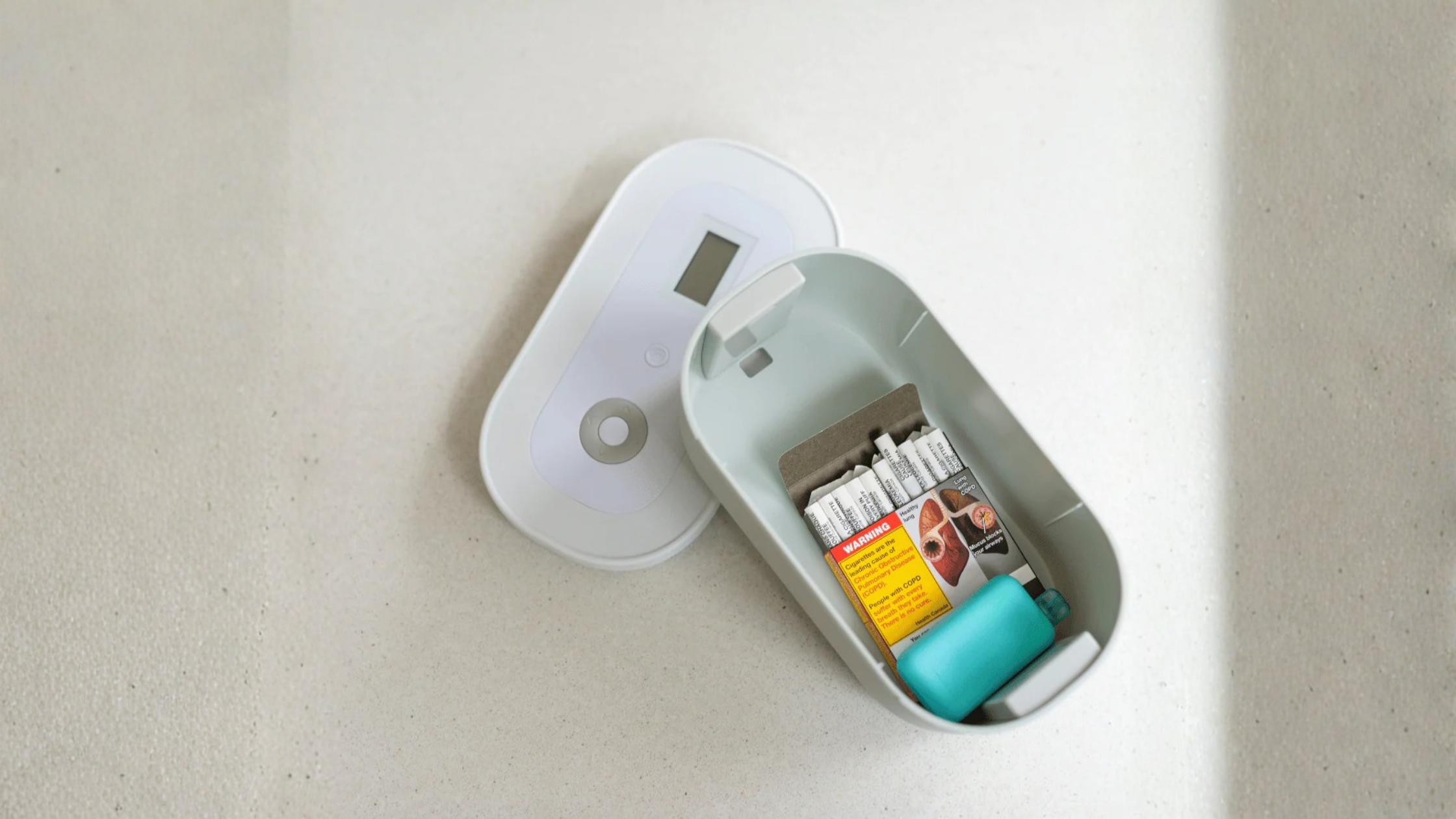What Fortress Mode Is (and Why It Exists)
If you’ve ever felt your phone, tablet, or digital habits hijack your day, you’re not alone. That’s exactly why we created Fortress Mode in the Mindsight Timed Lock Box—a feature designed to create a hard stop on distraction, giving you the chance to reclaim focus, deep work, and intentional downtime.
In simplest terms, Fortress Mode means locking away tempting devices for a fixed interval—with no quick escape. But built into the system: the Override Code. This code gives you a way out in case of genuine emergency—but also raises a question: is it a safety net or a self-discipline loophole?
- For deep work, distraction is the enemy. A lock box removes the “just one more scroll” temptation.
- For digital detox, removing access to the pull of addictive device-use supports cognitive clarity and rest.
- For habit-building, the act of choosing to lock and stick with it reinforces self-control.
The Psychology of Self-Control & Digital Discipline
To understand why Fortress Mode (and the question of the Override Code) matters, we need to dig into what psychology tells us about self-control, digital distraction and habit formation.
Self-Regulation & Digital Distraction
Modern devices are built to pull us into instant gratification loops. Research shows impulsiveness and immediate rewards correlate with procrastination and lowered motivation for delayed outcomes. Digital self-control tools—features such as delay, blocking, and monitoring—can help users steer away from distraction.
Delayed Gratification & Habit Building
Delayed gratification is resisting an immediate reward in favour of a greater future reward. This ability correlates with better long-term self-discipline, academic performance, and goal attainment. In other words: mastering the “wait” trains your brain to work on your terms, not your whims.
Why Digital Detox Matters
Studies show that taking breaks from digital devices improves self-regulation, attention span, and mental clarity. When you commit to locking away your device, you’re enabling a micro-digital detox—and reinforcing the mental muscle of focus.
When an Override Code Helps (Real-World Scenarios)
The Override Code is not a flaw—it’s a practical necessity. Here are real-world scenarios where the override is helpful:
- Emergency contact: Suppose you locked your phone for a deep-work block but are on call for family or work.
- Changing schedule: An urgent change like a cancelled meeting or childcare emergency requires you to adapt.
- Adaptive discipline: For some users, knowing they can override fosters confidence—it makes it easier to commit in the first place.
Used sparingly and intentionally, the override supports discipline rather than undermines it.
When It Hurts Progress (and How to Stay Accountable)
However—the Override Code can become a habit loophole if used too often. Common pitfalls & fixes:
- Habitual override → Track your override use. If frequent, set a clear rule: only in true emergencies.
- Undermining deep work → Pick realistic lock intervals and honour them.
- False sense of security → Reaffirm each session: “I commit unless an emergency happens.”
- No reflection → After every override, ask: “What triggered this? Was it valid?”
Use the override intentionally, not casually. Let it be your exception, not your escape hatch.
Science-Backed Benefits of Delayed Gratification
Here’s what research emphasises about building delayed gratification and self-control:
- Self-regulated learning reduces digital distraction.
- Limiting device access improves self-regulation and reduces problematic internet use.
- Delayed gratification correlates with stronger goal-orientation and better outcomes.
Locking your devices = practising delayed gratification → choosing focus over impulse → building self-discipline.
How to Use the Timed Lock Box Effectively
- Define your purpose – Deep work? Detox? Study?
- Choose your interval – e.g., 60 min work / 15 min break.
- Engage Fortress Mode – Set timer, lock devices, silence other notifications.
- Acknowledge your override rule – “Only for emergencies.”
- Work in focused mode – No multitasking.
- Break consciously – Stretch, hydrate, breathe.
- Log your session – Note override use and focus quality.
- Reflect weekly – Review progress and patterns.
You’re not just using a gadget—you’re training your focus muscle.
Who Fortress Mode Is Best For
- Students – Need uninterrupted study blocks.
- Entrepreneurs & Professionals – Deep work and strategy sessions.
- Creatives – Writers, designers, artists seeking flow.
- Anyone in Digital Detox Mode – Rebuilding mindful focus.
Even if you’re already disciplined, Fortress Mode amplifies your focus and accountability.
Call-to-Action
Ready to take control of your focus, reclaim your workday, and deepen your digital-wellness practice?
Discover the Mindsight Timed Lock Box with Fortress Mode and Override Code — designed to help you build self-discipline, schedule deep-work blocks, and protect your digital rhythm.
Explore the Mindsight Timed Lock BoxCommit today—lock in your devices, dismiss distraction, and step into deliberate focus and mindful control.





